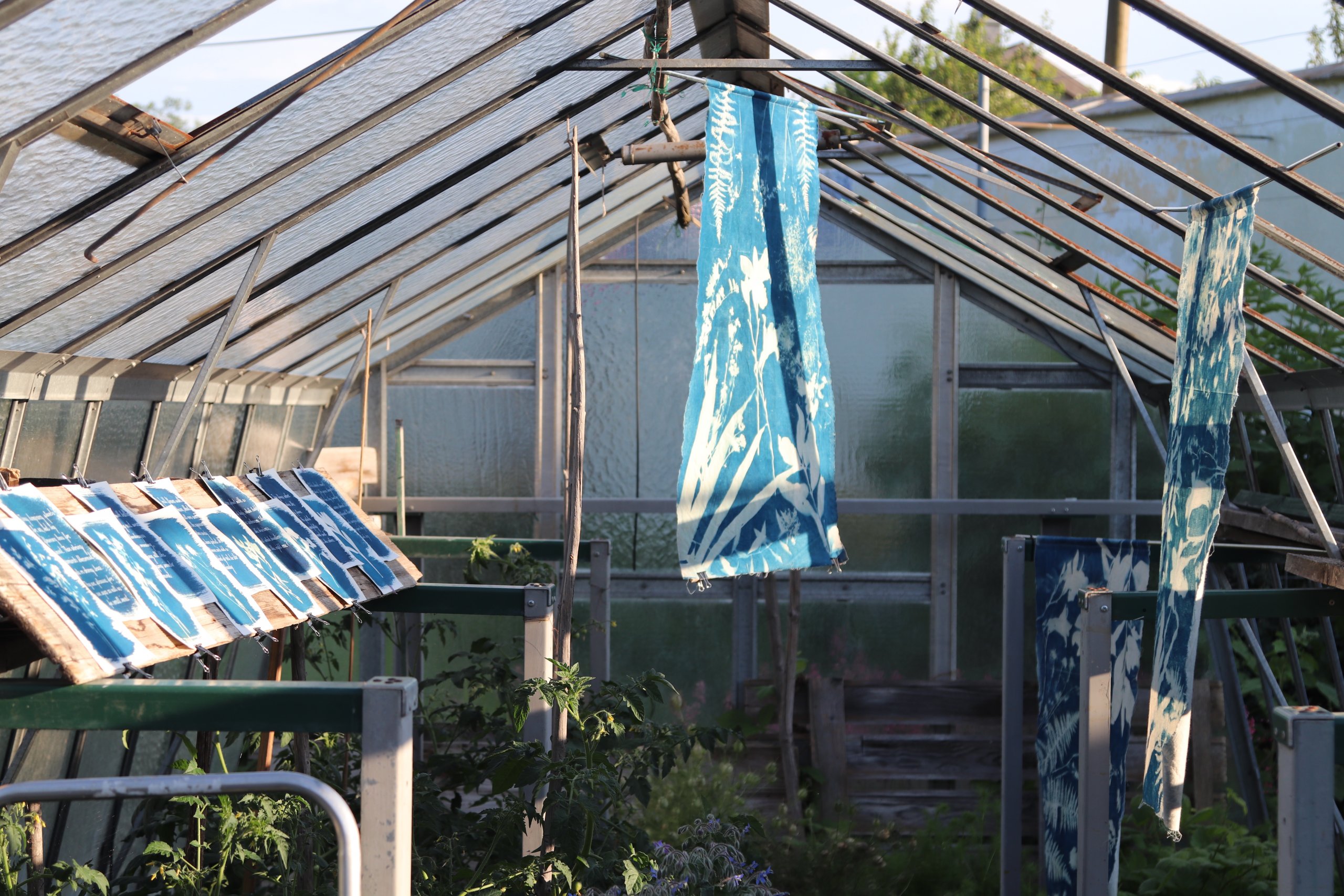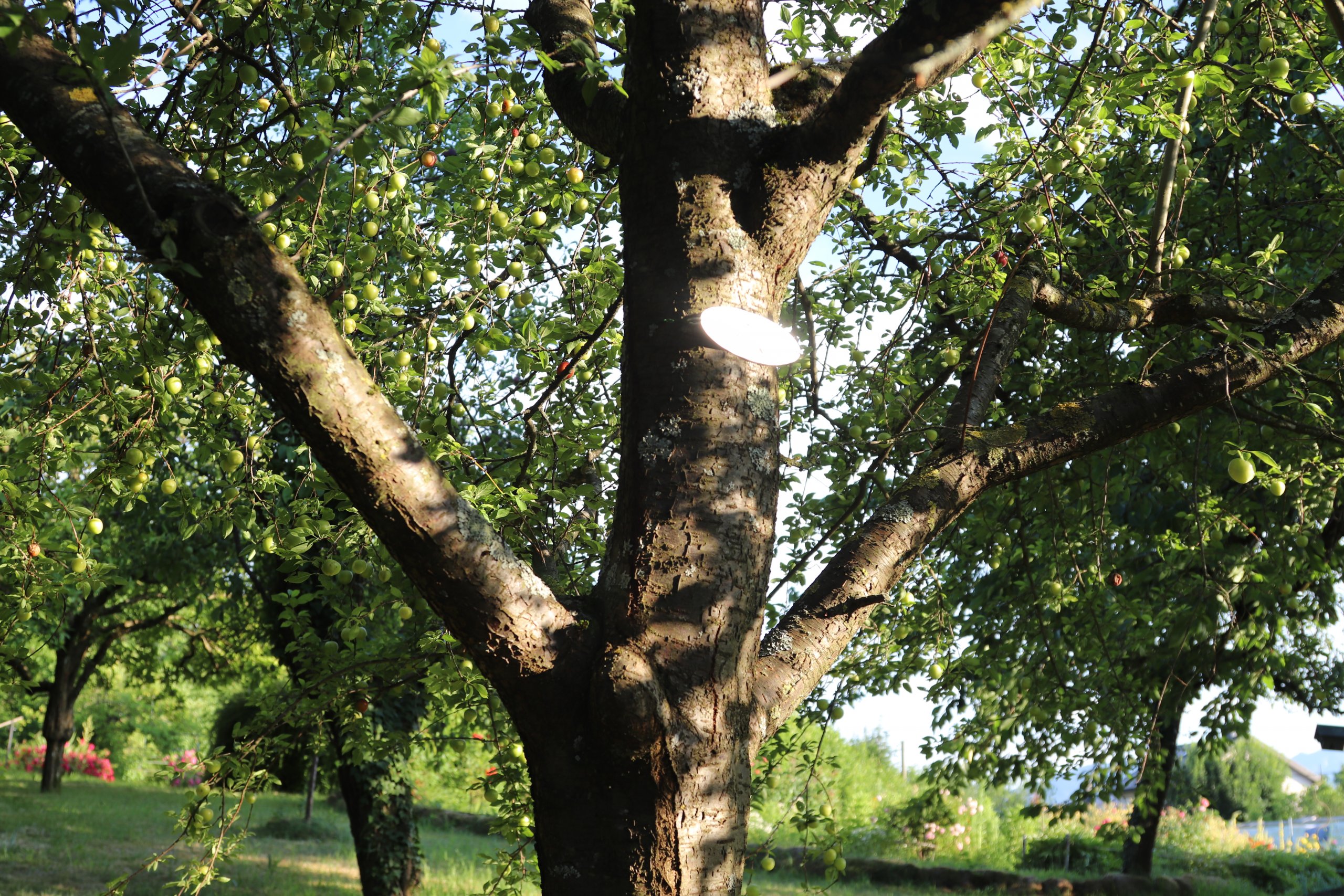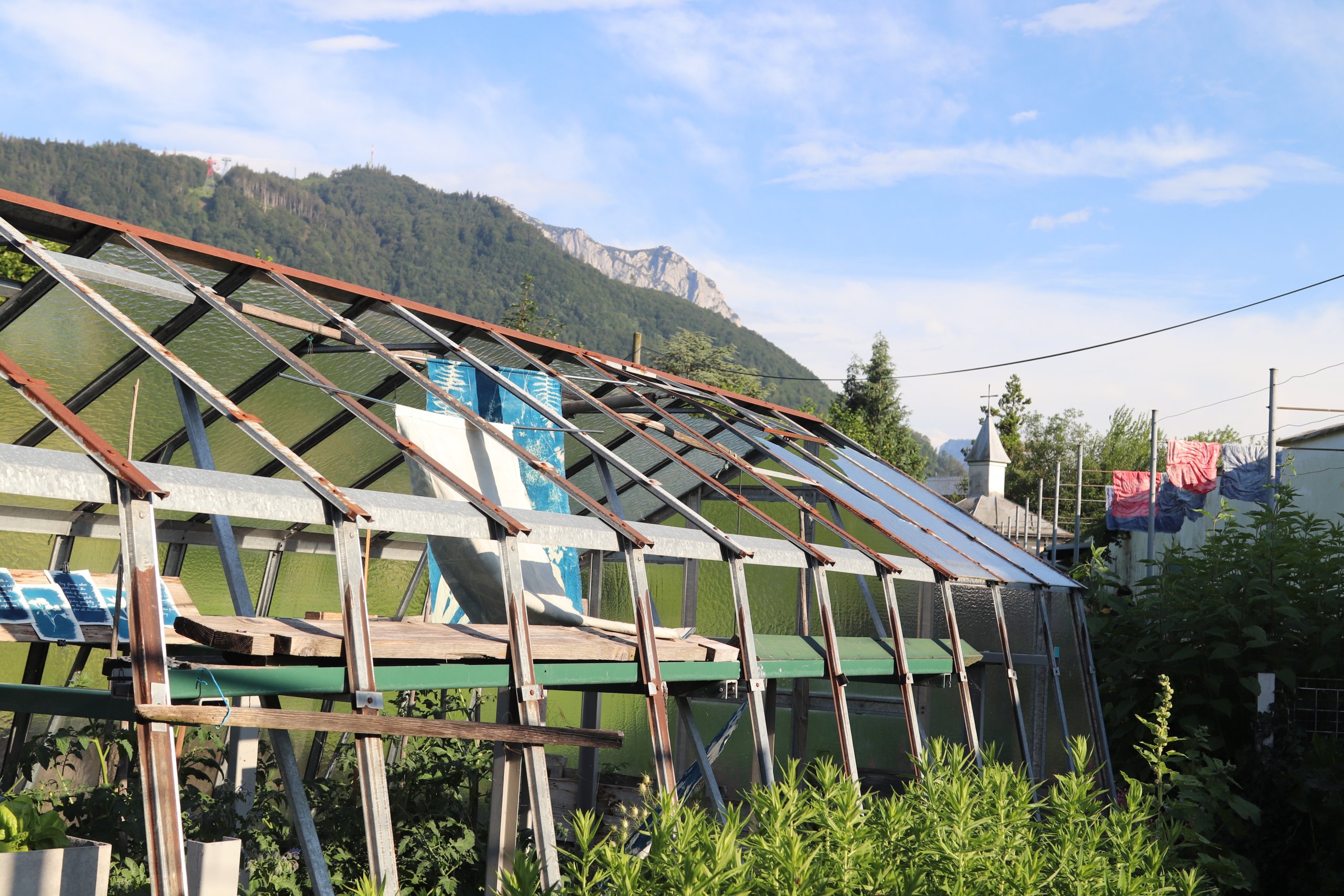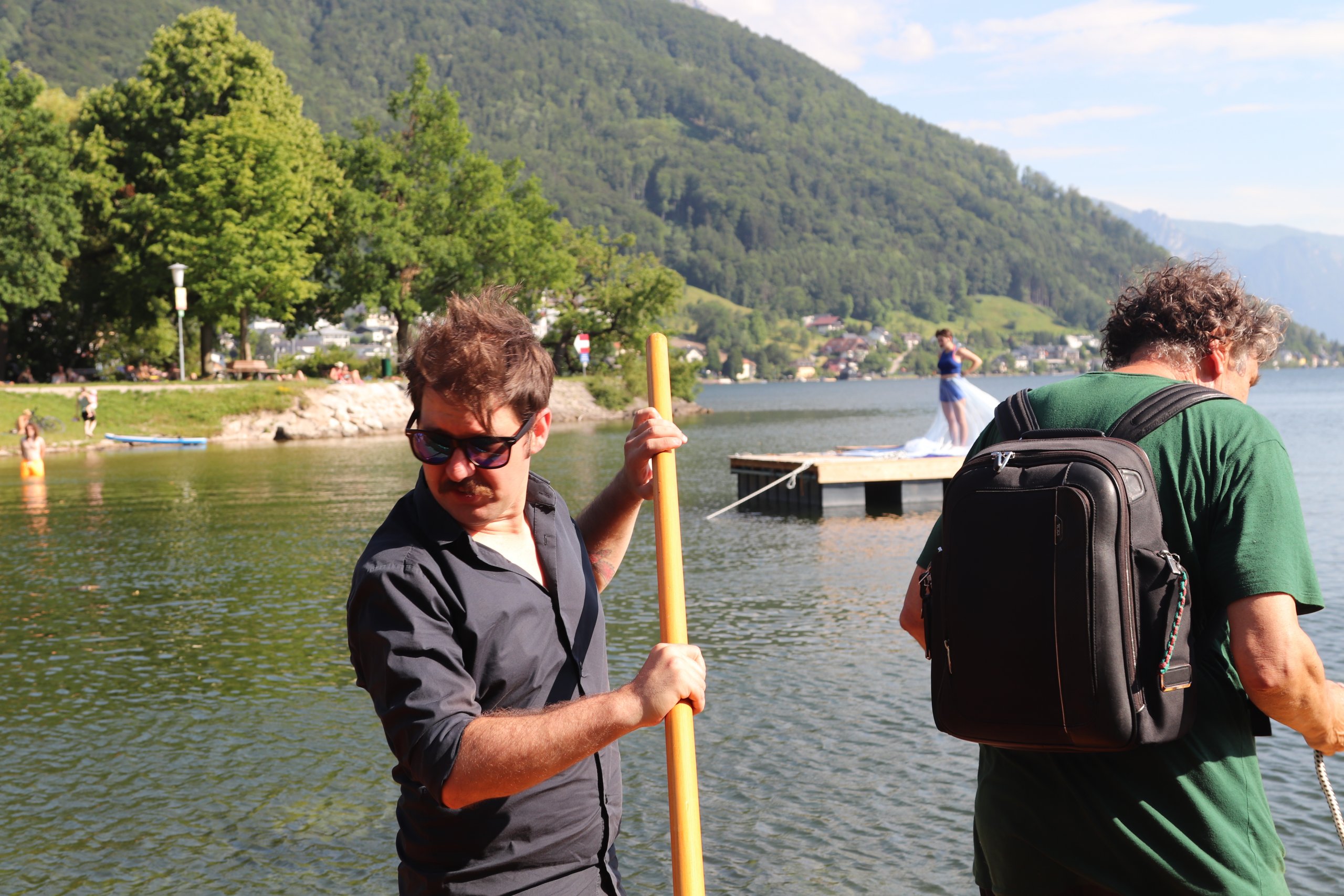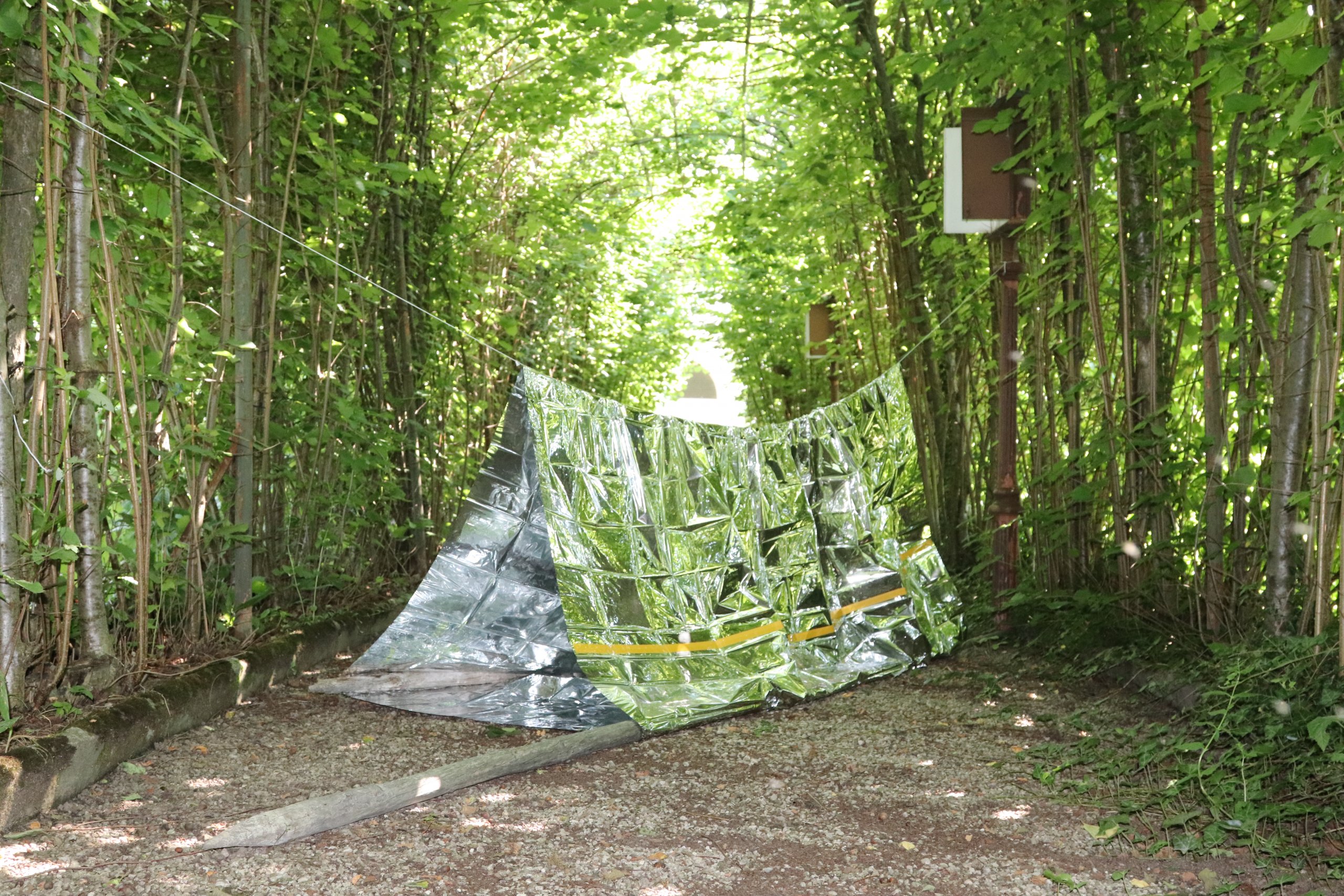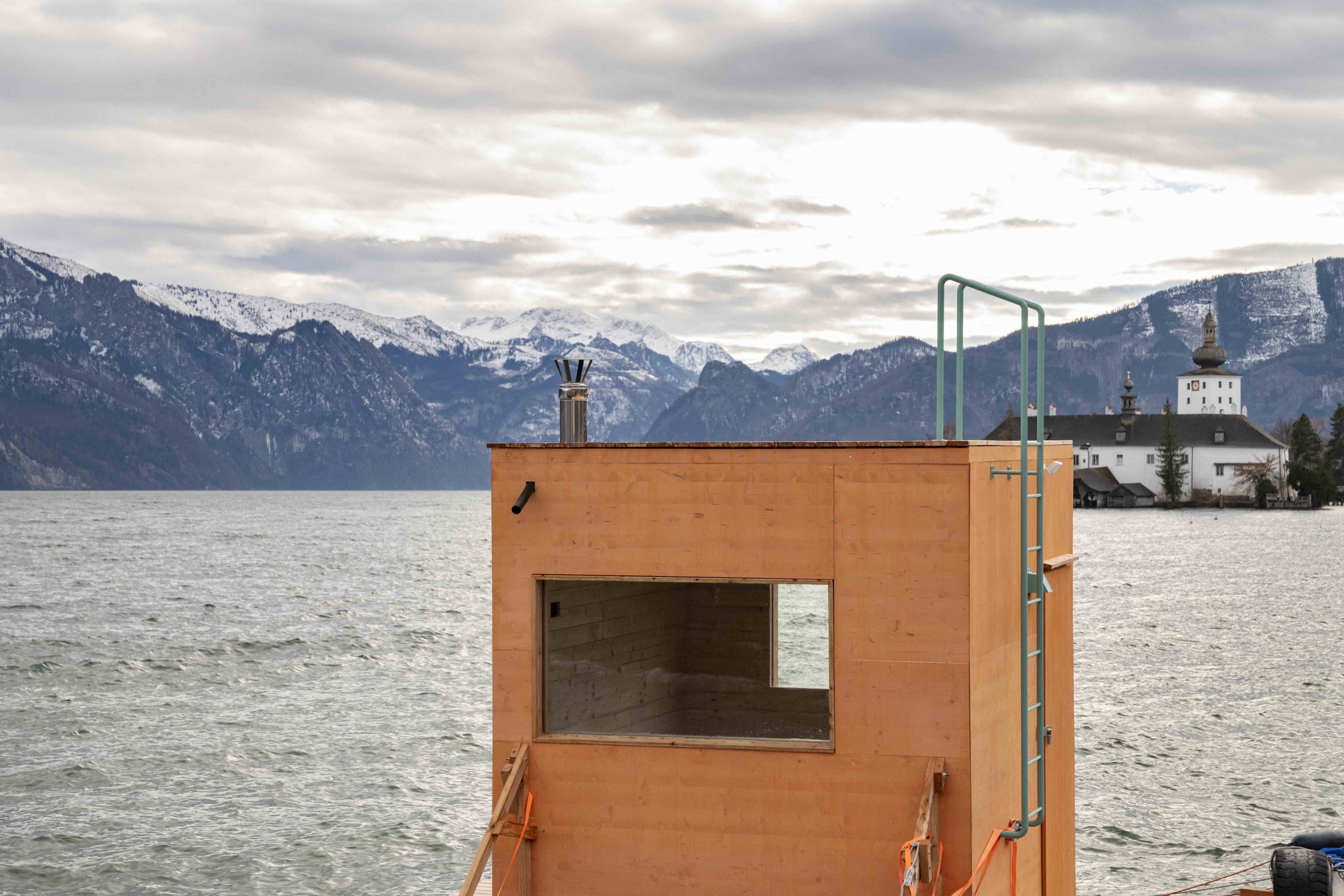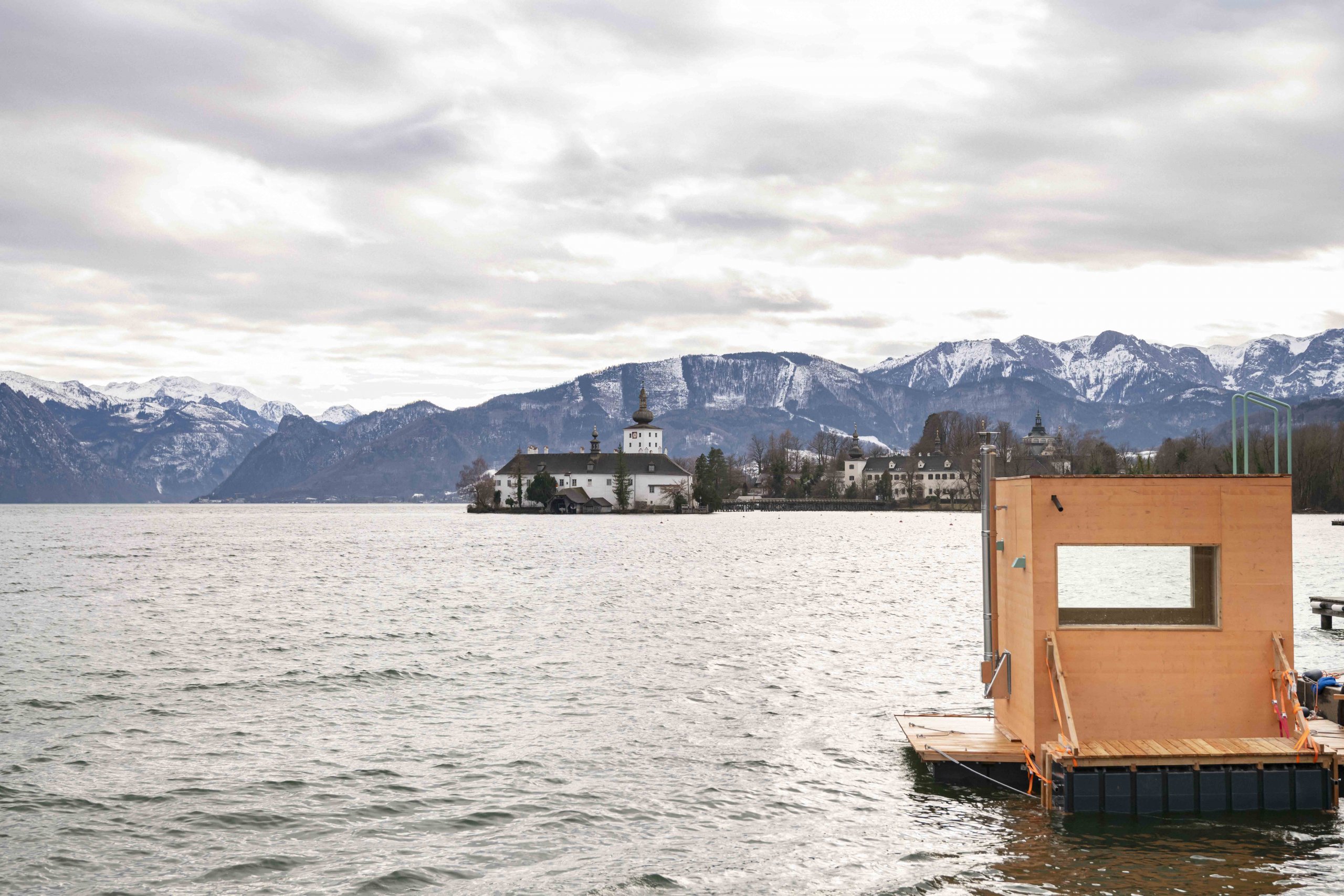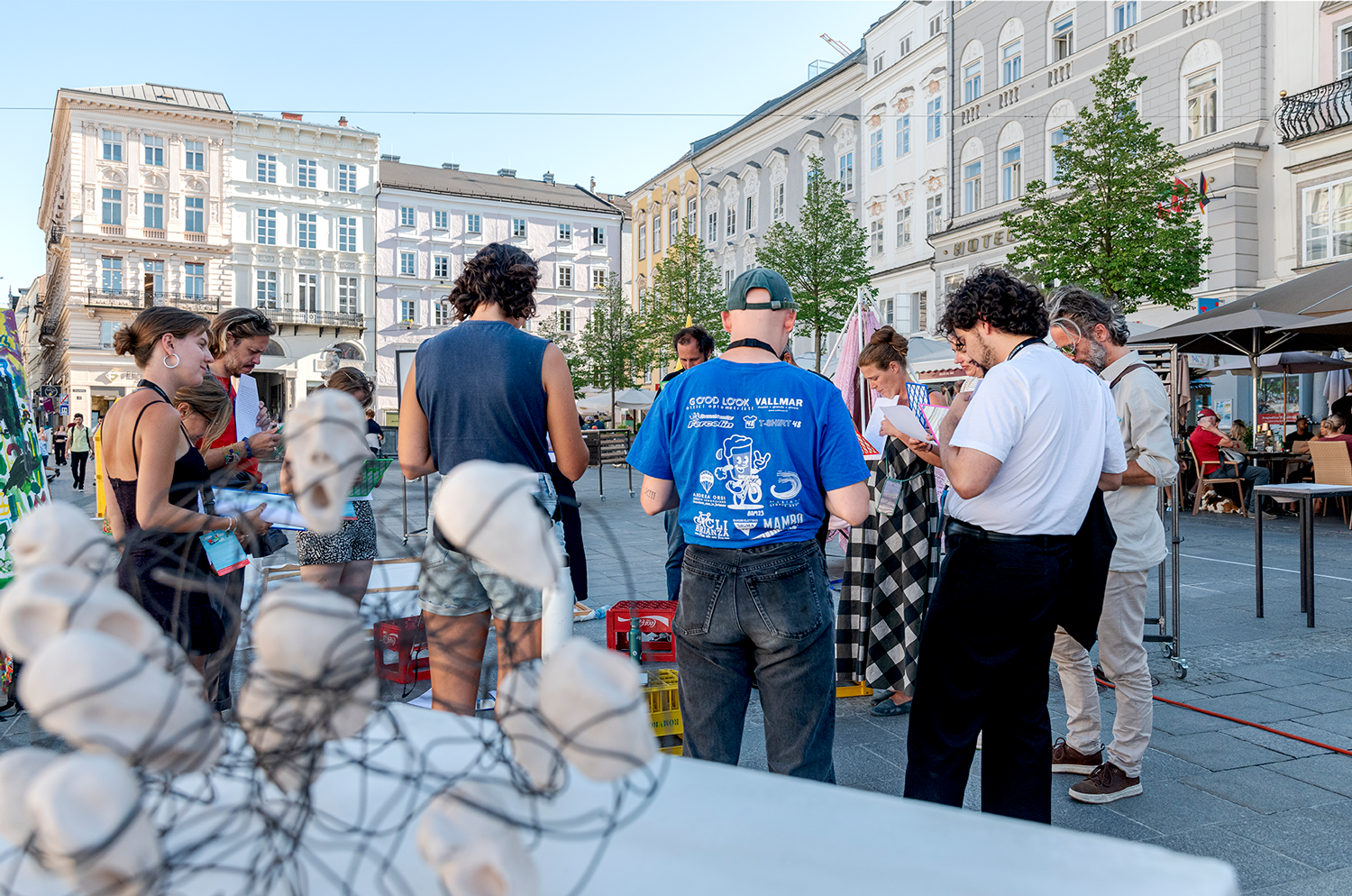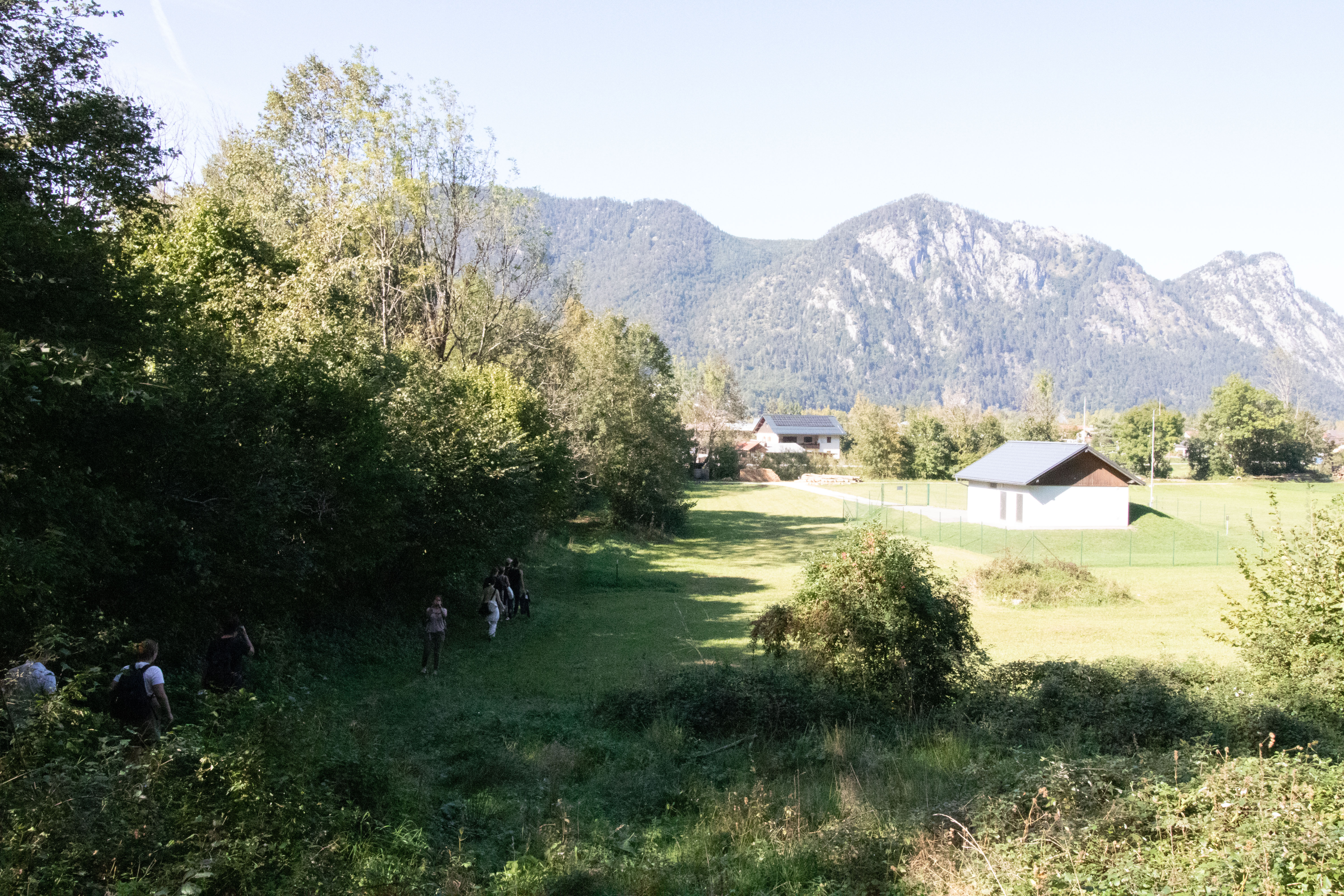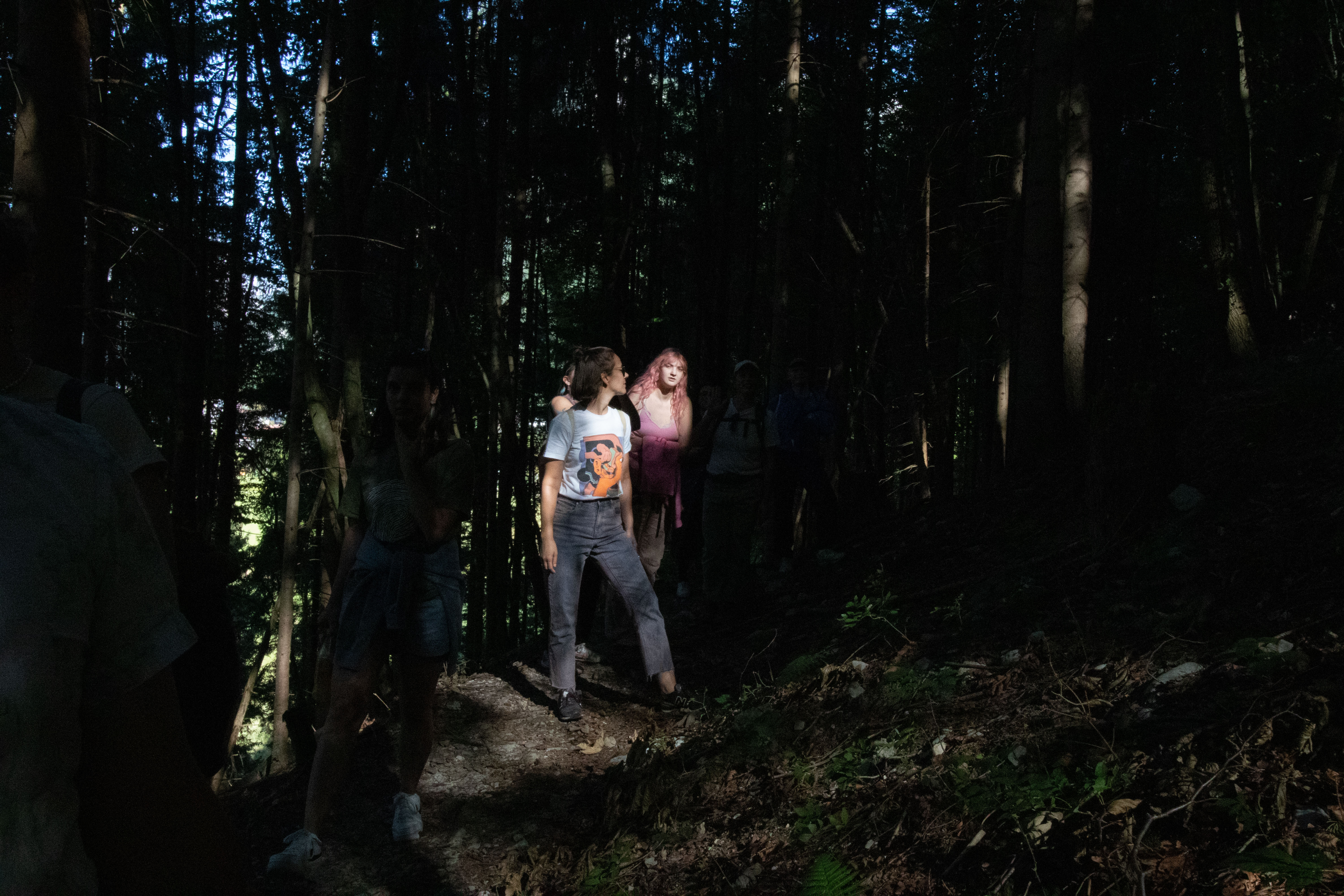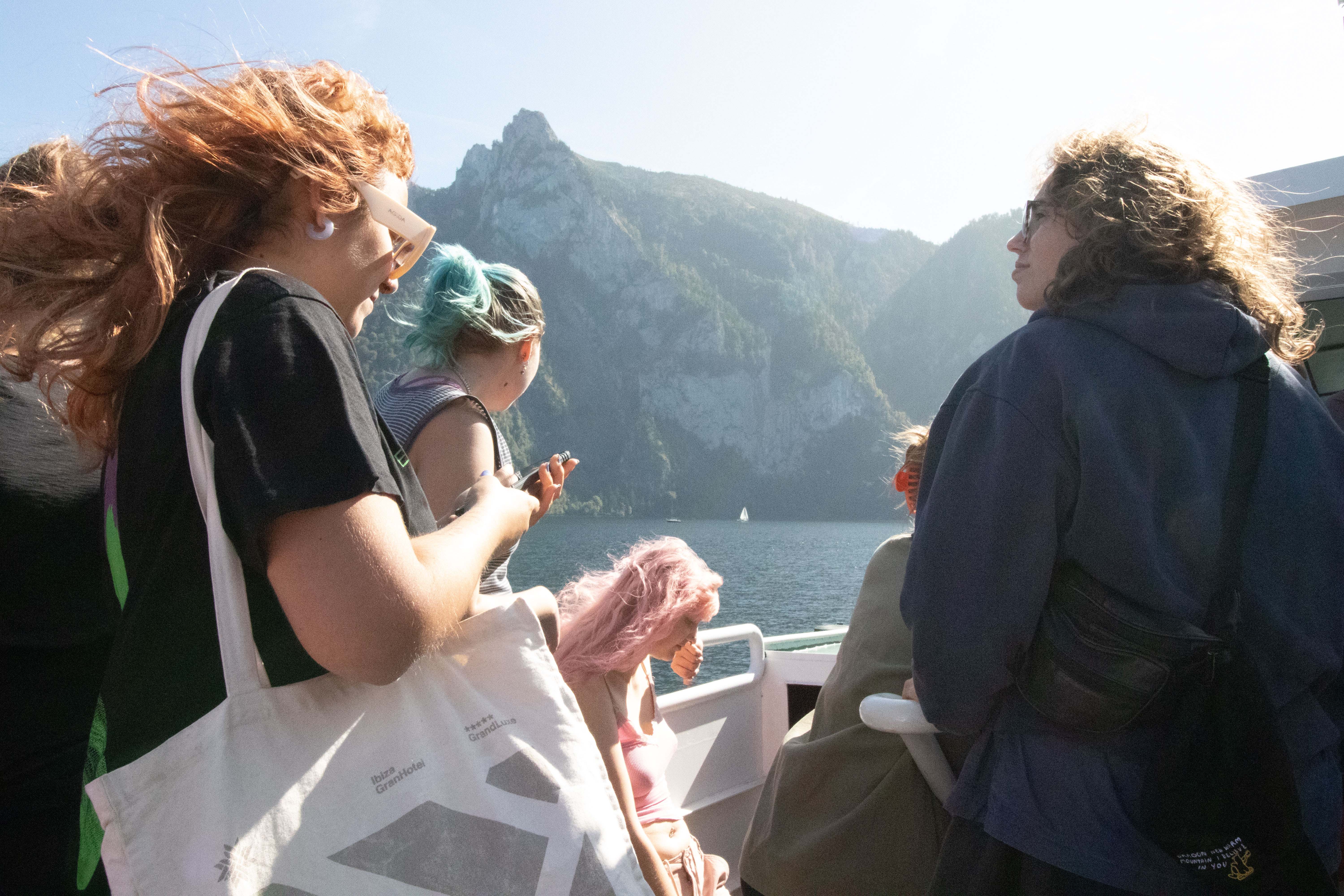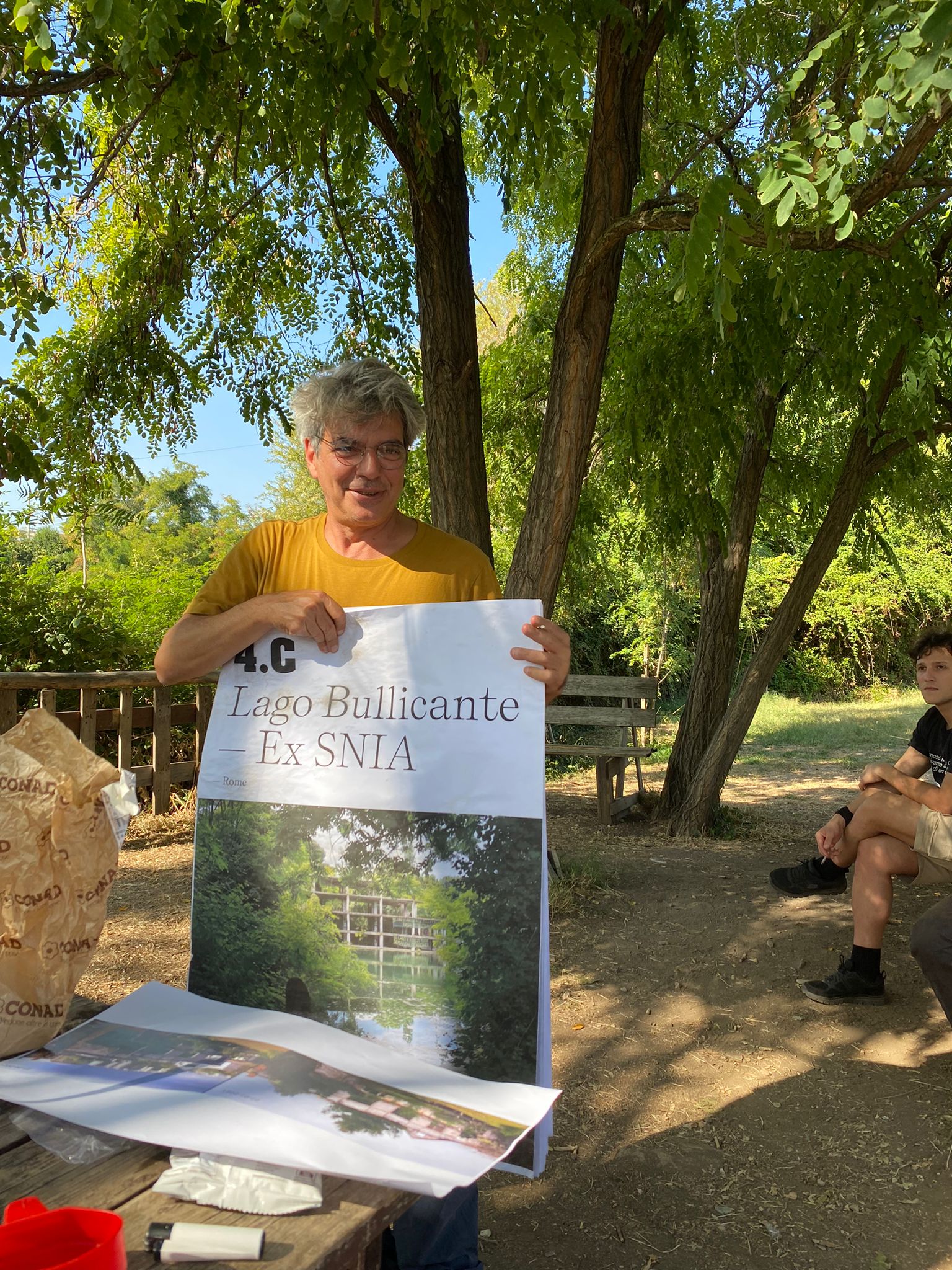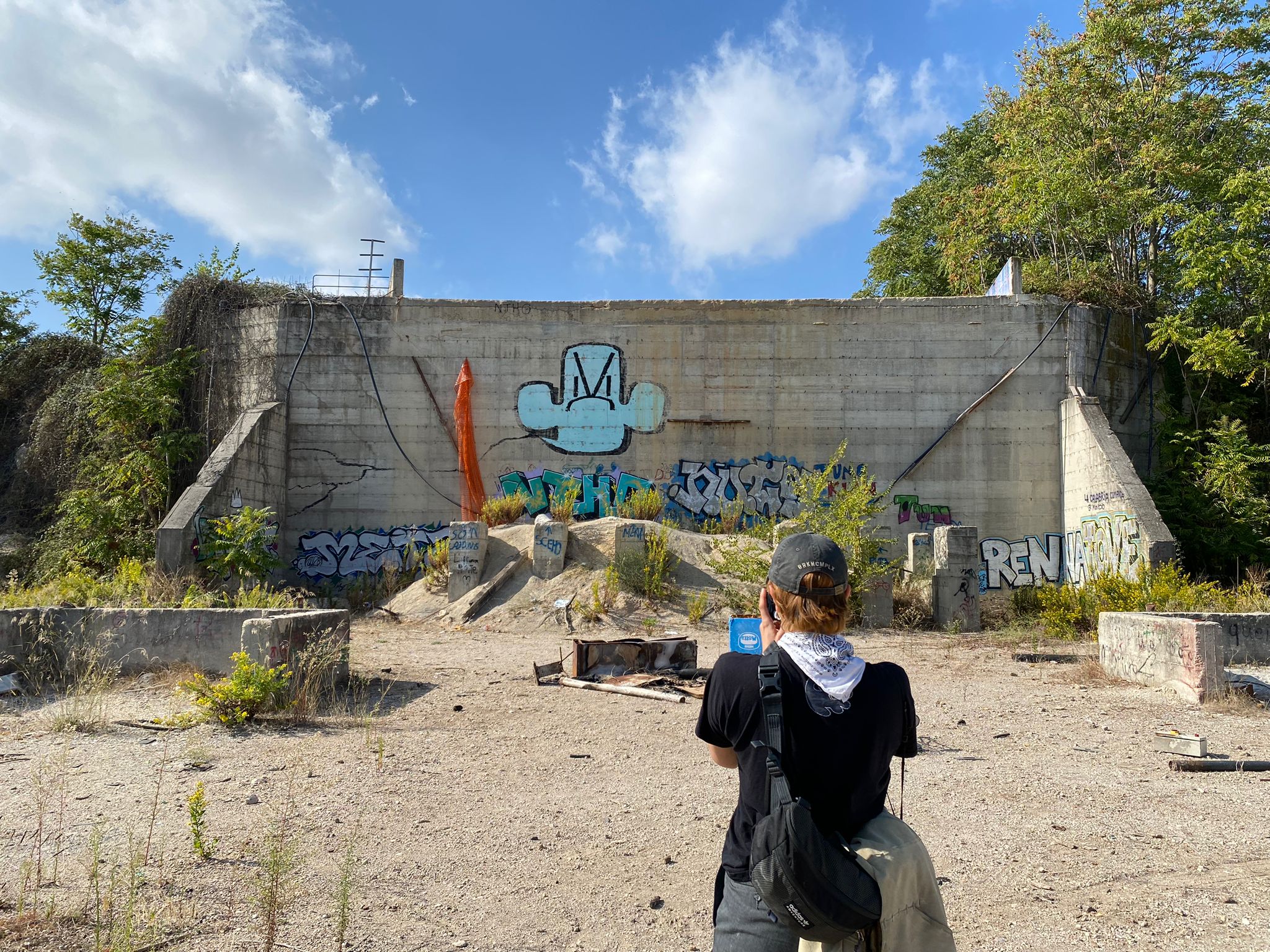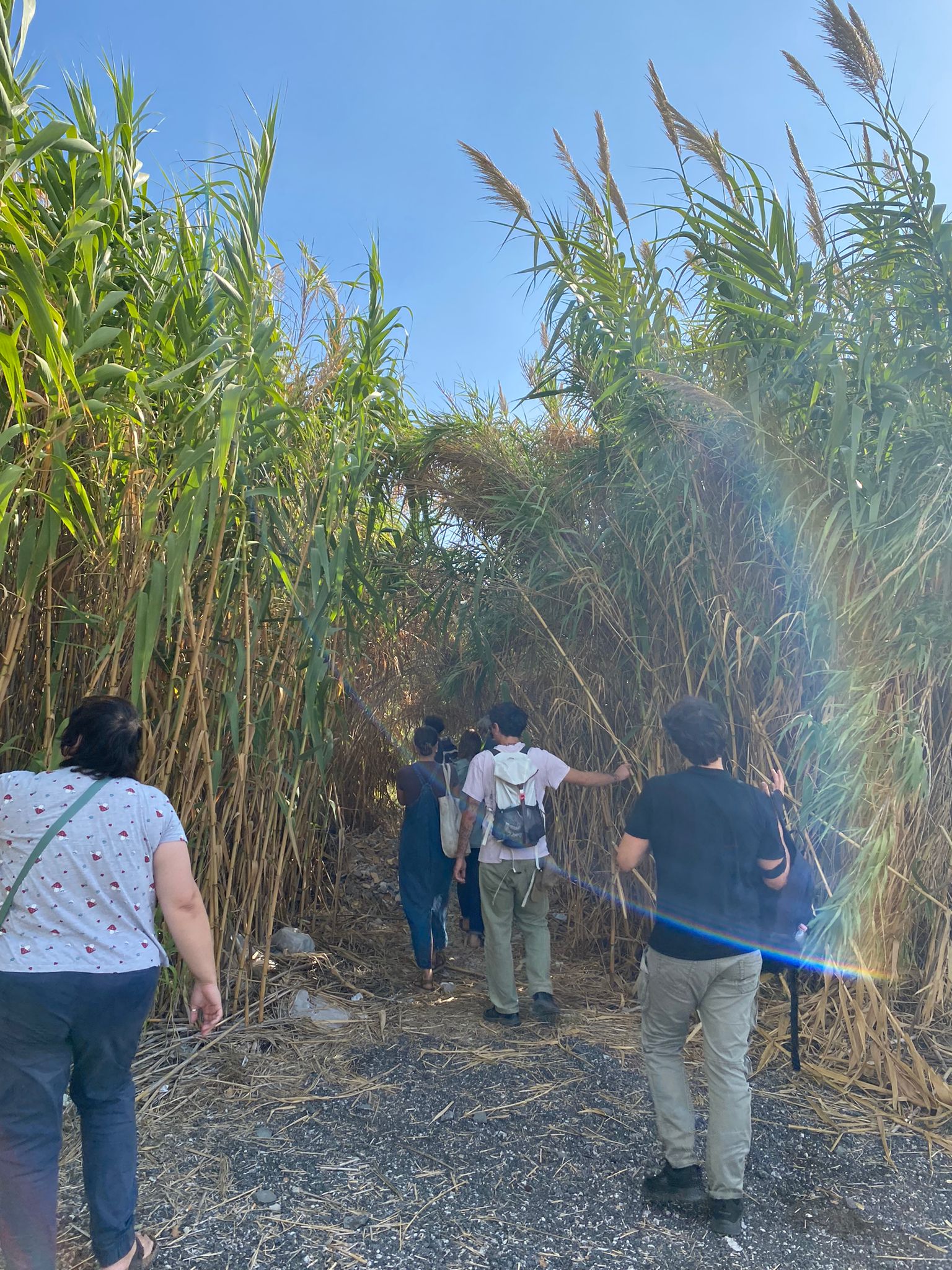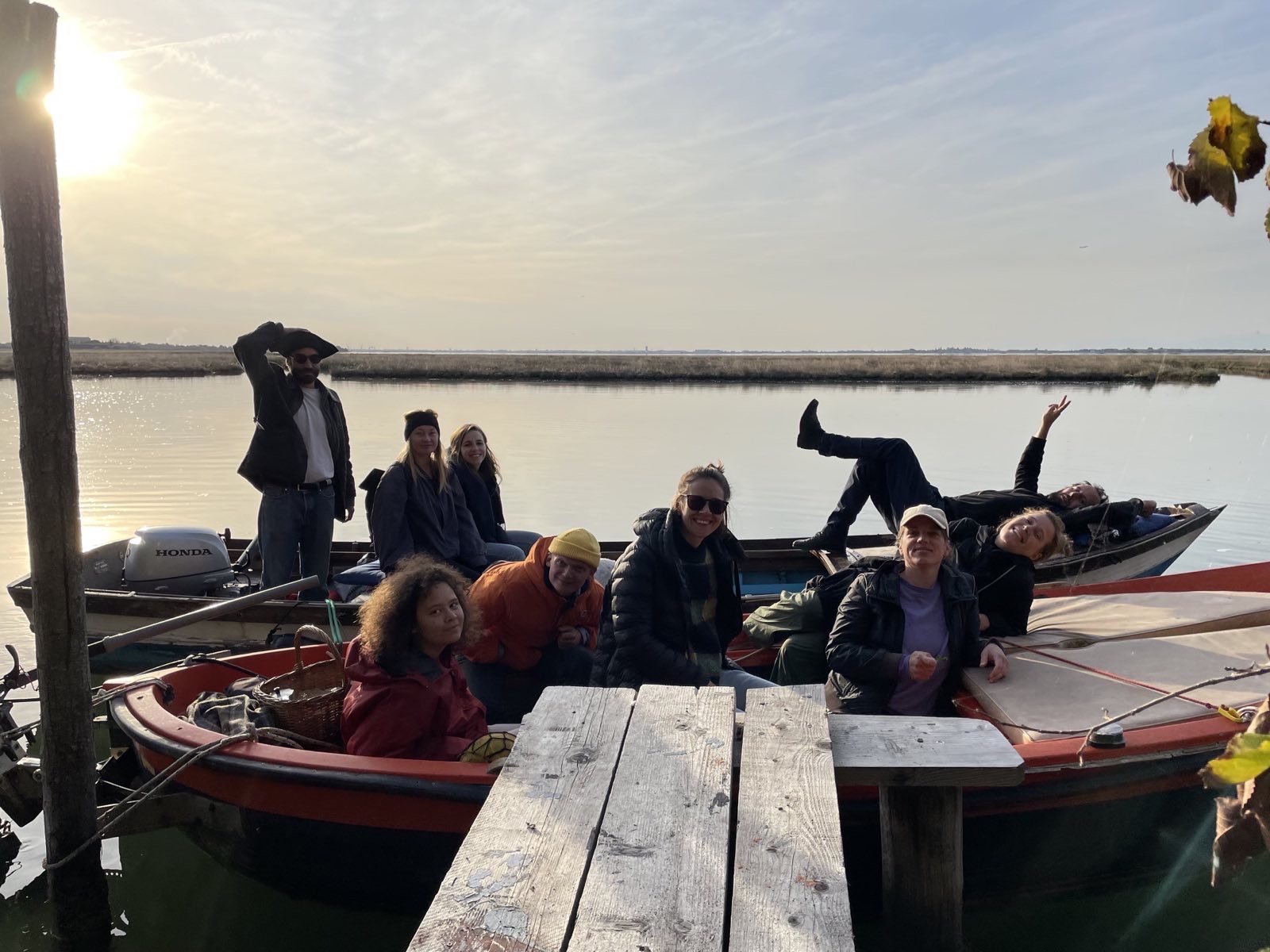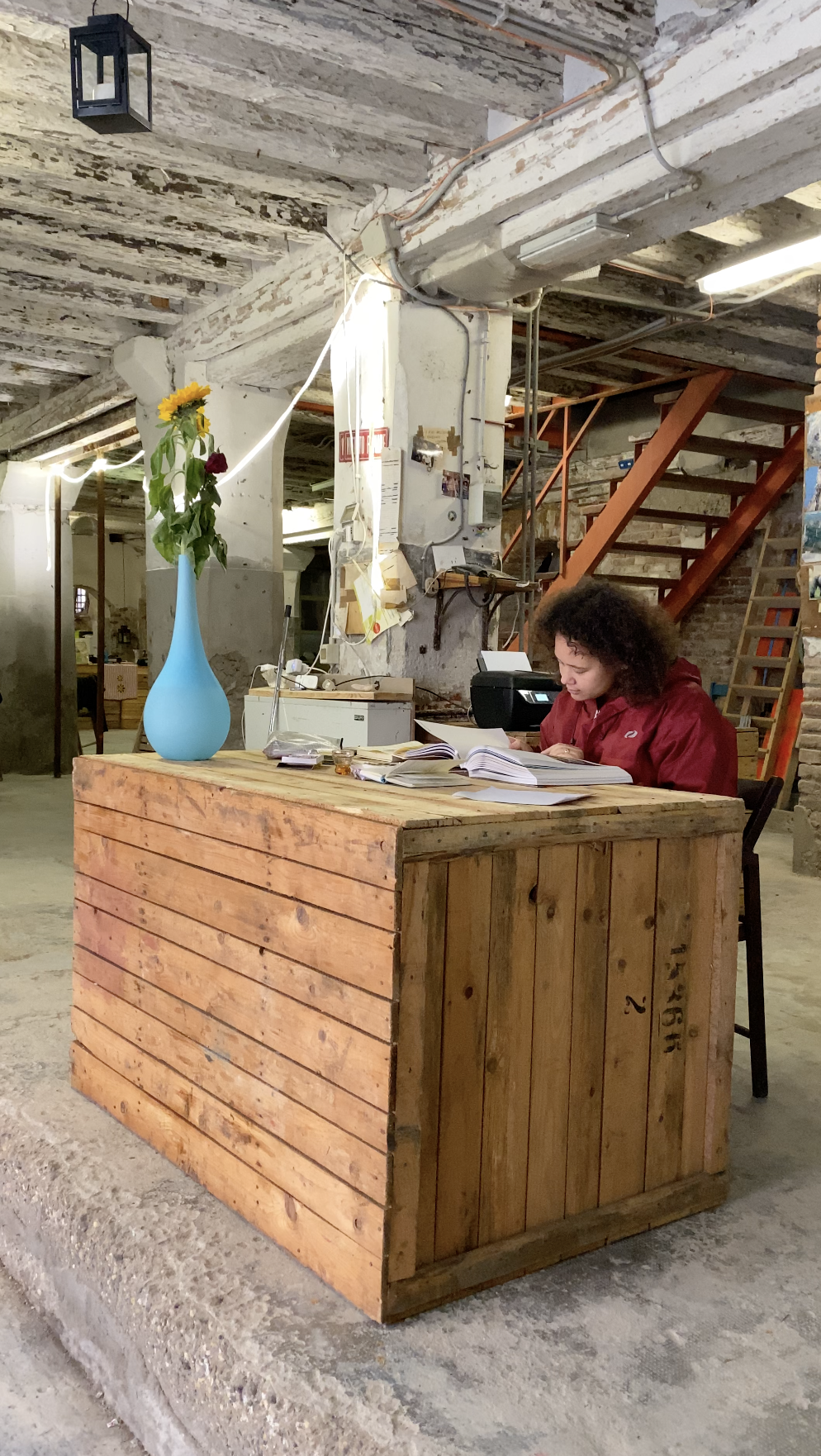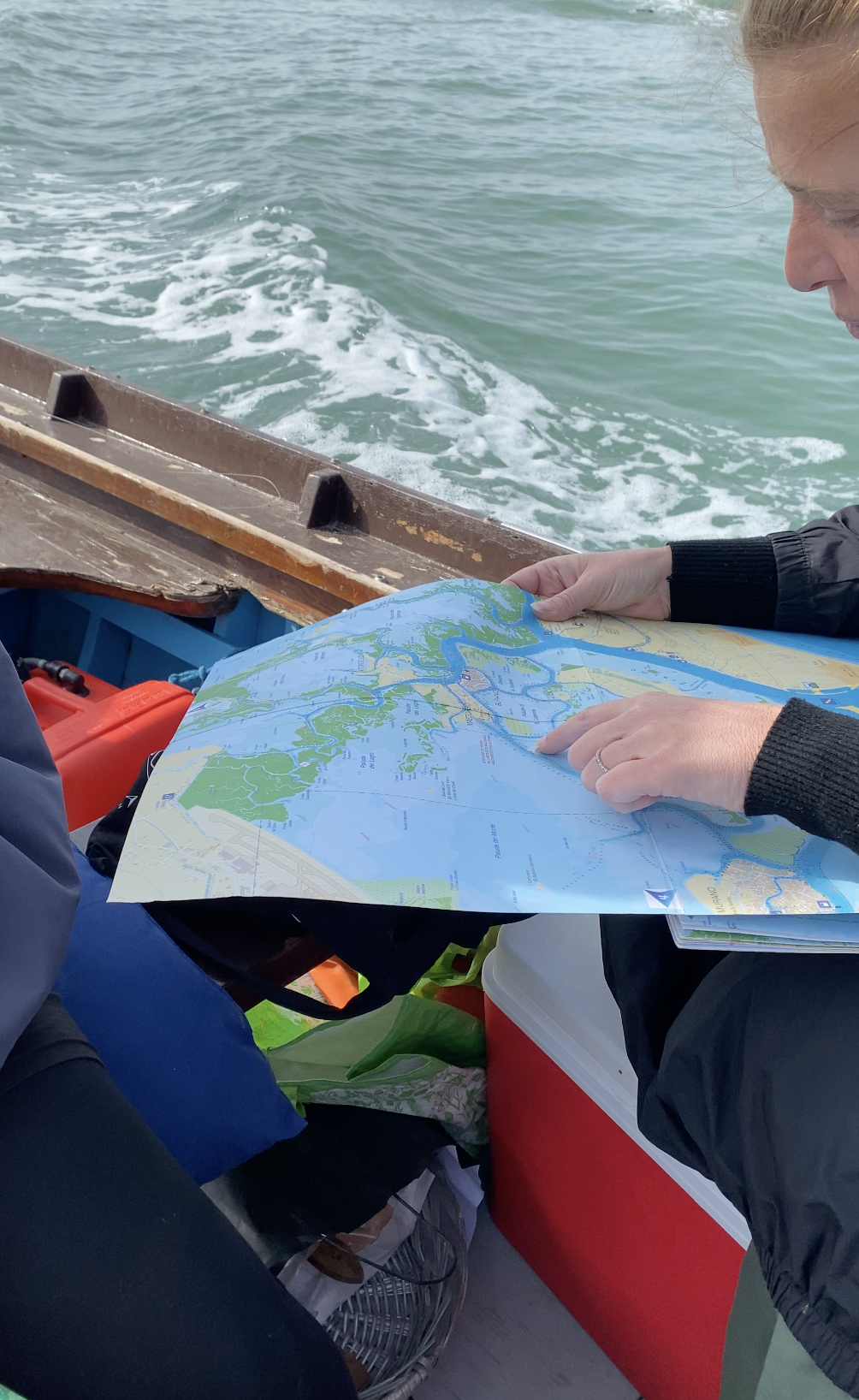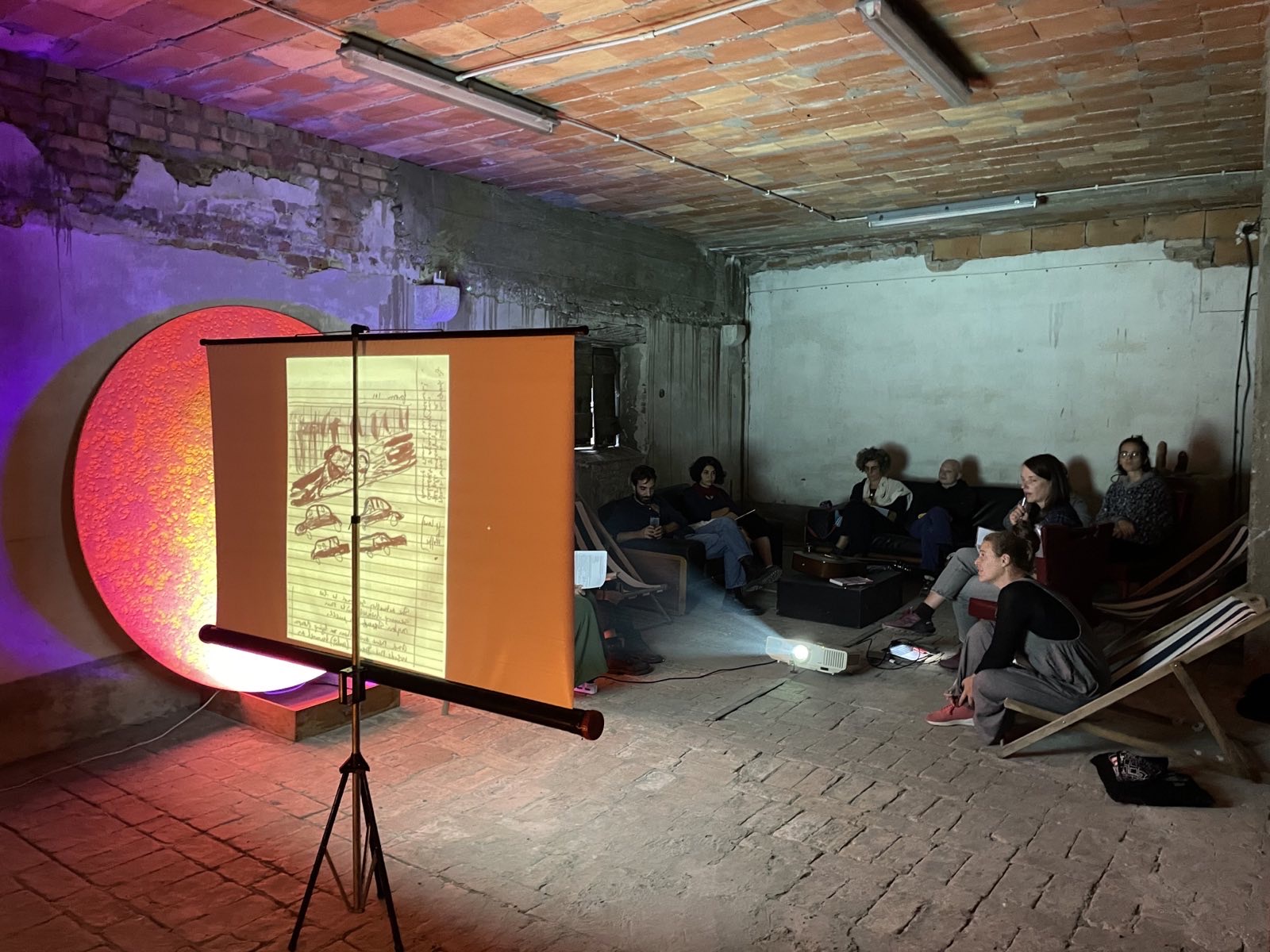2023 - 2024
Emerging Environments
Emerging Environments seeks spaces of utopia - uses and coexistences that mount in space like an expansion or reflection in relation to existing spaces and forms of organization, installing new perspectives and opening up to the new. Untested uses and images encounter rebellious natures, wild forests, new land distributions, appropriated voids, and re-organized structures. While the master students go to Rome or Venice, the bachelor students appropriate and expand the Traunsee in the Upper Austrian Salzkammergut.
Traunsee
The Traunsee lake is the location of the investigations for bachelor students. The landscapes around the lake seem idyllic, but are affected by overtourism in summer, lack of use in winter, vacancy and migration. The shoreline must be protected, if only for the sake of biodiversity; in reality, the lakes in the region are brimming with endless private signs. And while entire houses stand empty in the town centers, new sealing projects are planned on the outskirts. In the 19th century, this formerly industrial area (salt) became the prototypical summer resort, where people spent weeks recovering from the city and enjoying nature, a correlation of the urban and rural fabric that spanned several seasons. Today, tourists stay only briefly, take a lake tour, buy a piece of Gmundner ceramics as a souvenir and are gone again. The history of oppression and resistance (Willy Fred resistance movement) and the fact that a subcamp of the Mauthausen concentration camp was operated in Ebensee remain rather hidden underground. Viva Utopia! is part of a project for the Cultural Capital Salzkammergut 2024, Plateau Blo - Raum am See, submitted by Simone Barlian and Sabine Pollak in cooperation with space&designstrategies and the raumarbeiterinnen collective. Plateau Blo wants to appropriate the space of water and stage the surface of water as a connecting element. In the course of the Capital of Culture Year 2024, four floating platforms will be built for the Traunsee. They will be artistically performed on and will periodically move across the lake. The platforms, the setting and their surrounding space will be developed together in the study course with students of space&designstrategies.
Rome
The program will investigate this hypothesis by weaving the practice of Stalker who in 30 years has created a continuous cosmogonic action aimed at exploring/narrating/imagining the reality of Rome with the traces of the myth that would like the eternal and universal city. The one between Stalker and the Rome hypothesis is a mutual construction created starting from the exploration, narration and celebration of the most marginal, unmentioned and opaque aspects of contemporary history and the social and environmental realities of the city. The center of the investigation are those edges of the city, irreducible to clear boundaries, territories of confrontation with otherness, unplanned or regulated spaces in which the spontaneous comparison between the ruins of the past and the life forms that find refuge there generates highly different, insurgent bio and socio, “adjacent possibilities” in which a new principle of reality can be regenerated within the folds of a reality now in exhaustion. The Rome hypothesis is therefore a construction site open to the verification of emerging eco-social processes, to the complex study of their natural and urban history, as well as to the experimentation of human practices and theories that can demonstrate their consistency on a local and planetary scale. An open construction site to verify if and how the Rome City World hypothesis can constitute a socio-ecological perspective of escape from the irresponsible, reductive and violent human attempt to dominate others and destroy life on the planet.
Venice
The Unit will be led by Andrea Curtoni and Giulia Mazzorin (BUrb) as learning environment rooted in Venice and its Lagoon and grounded in artistic research, emerging socio-spatial and environmental issues. We will investigate Venice as complex technosphere characterised by the otherness-uniqueness of a transitional ecosystem articulated in a micro topography of intertidal terrain, an historic trading power and economic center as well as the capital of a colonial domain, a port for the chemical industry, a venue for international cultural events such as the Venice Biennale and a major site of global tourism. The material narratives of Venice and its lagoon will be considered as both site of actions and knowledge; we will discover while producing (art&space), we will understand by the creative doing, we will experiment how to encounter ourself trough the others…The Unit will focuses on the specific practices of collective inhabiting transitional spaces as a way to experiment life in common and exploring Venice with its lagoon as a method to enable a transformative experience of mutual learning and sharing in between the temporary community of researchers (us) and the surrounding contexts (human/non human), where research is conceived as an action and concepts emerging from lived experiences are grounded in communities and sites.
